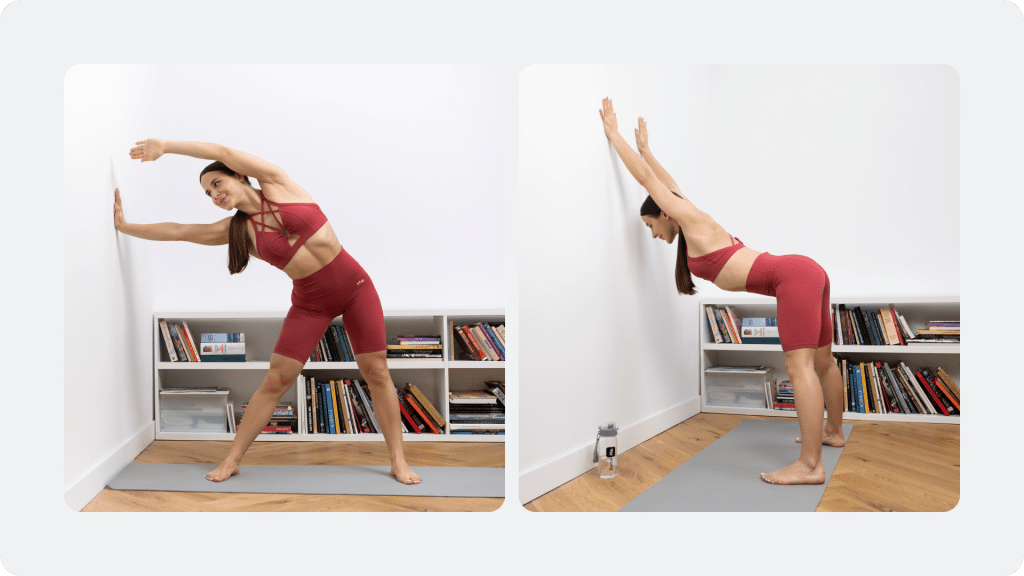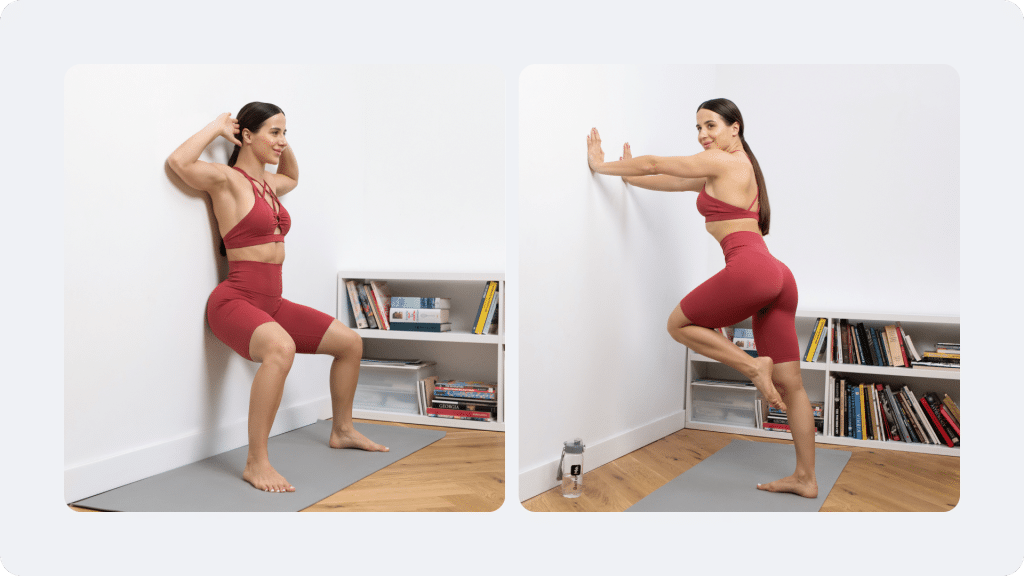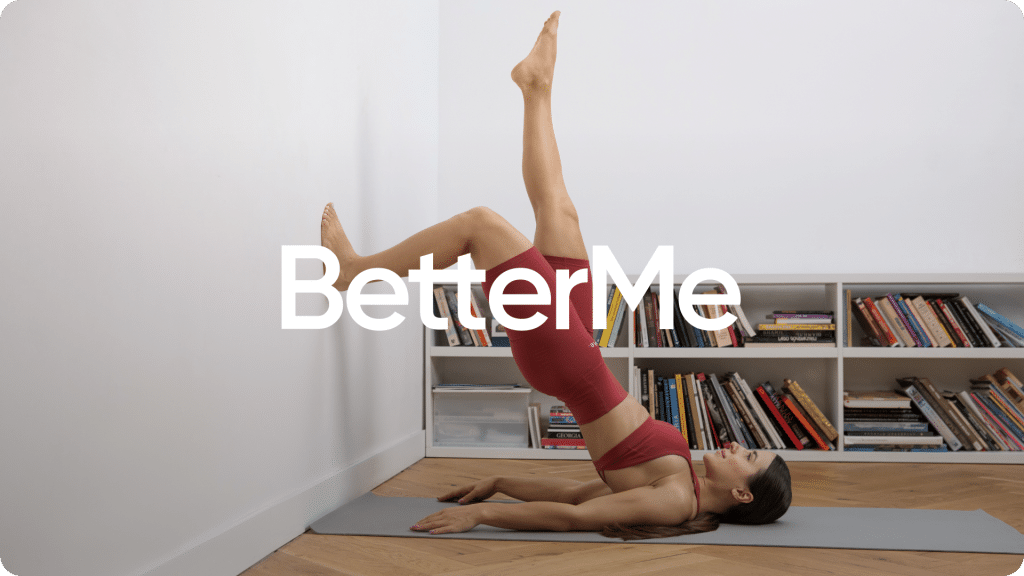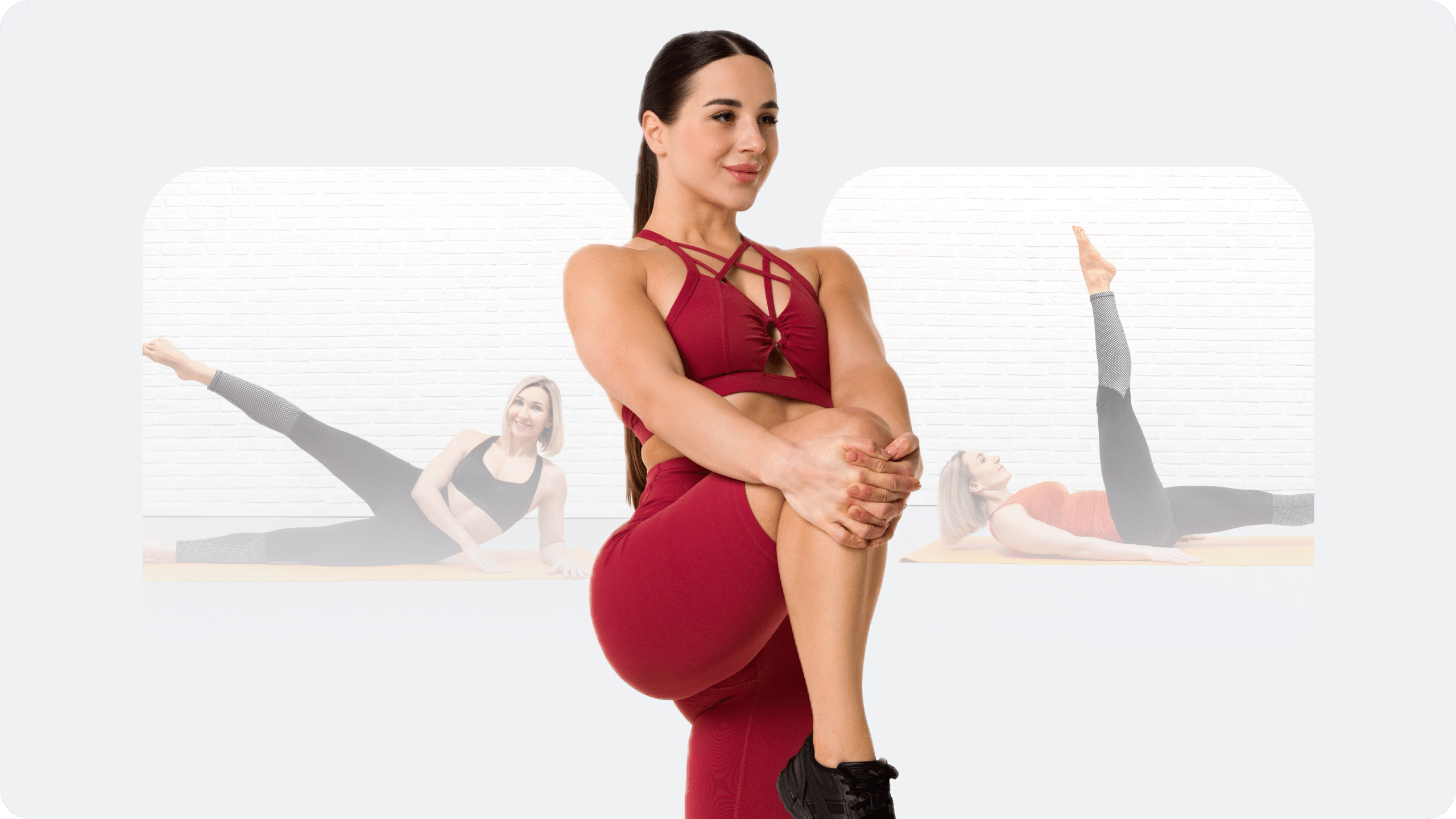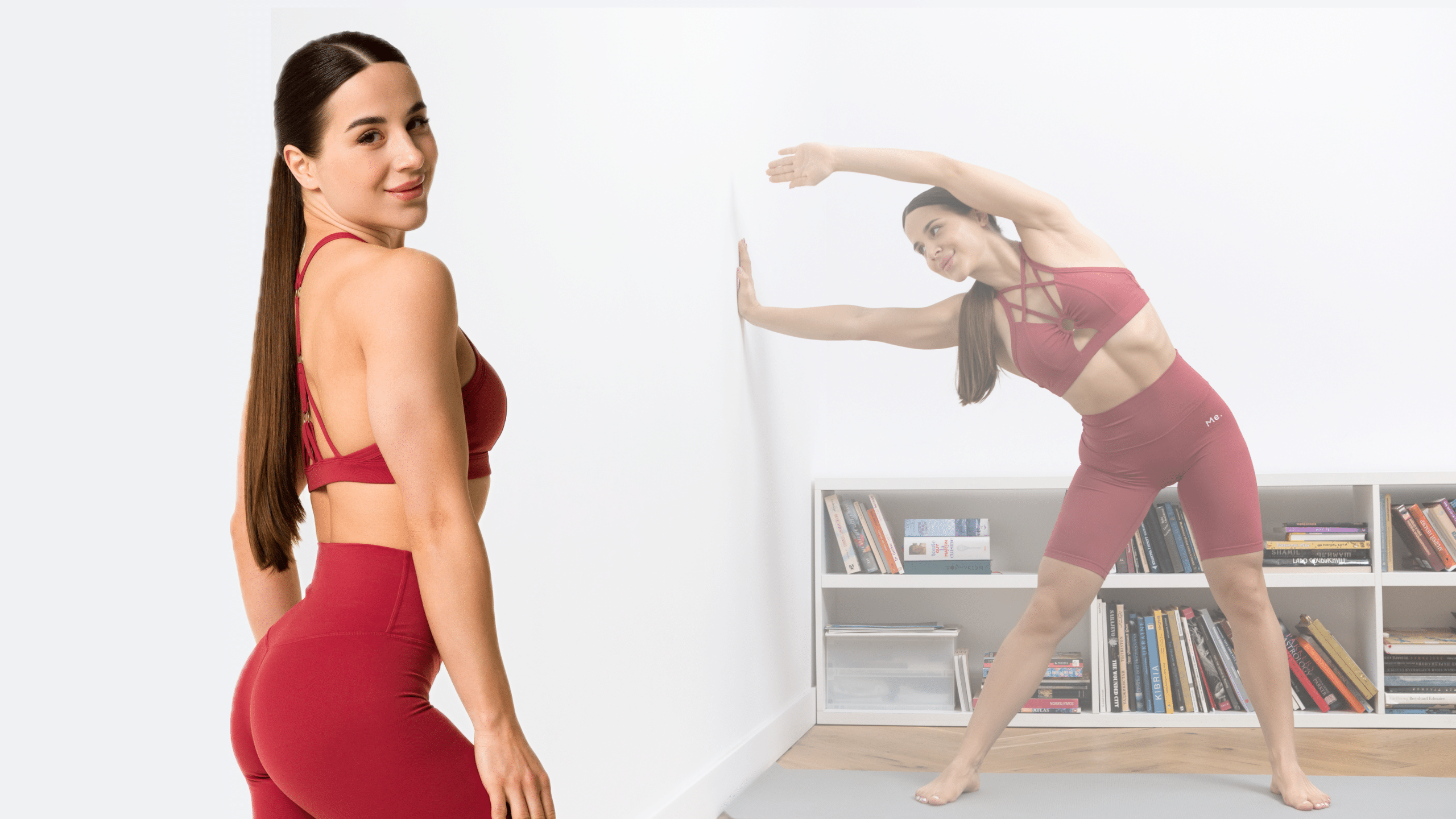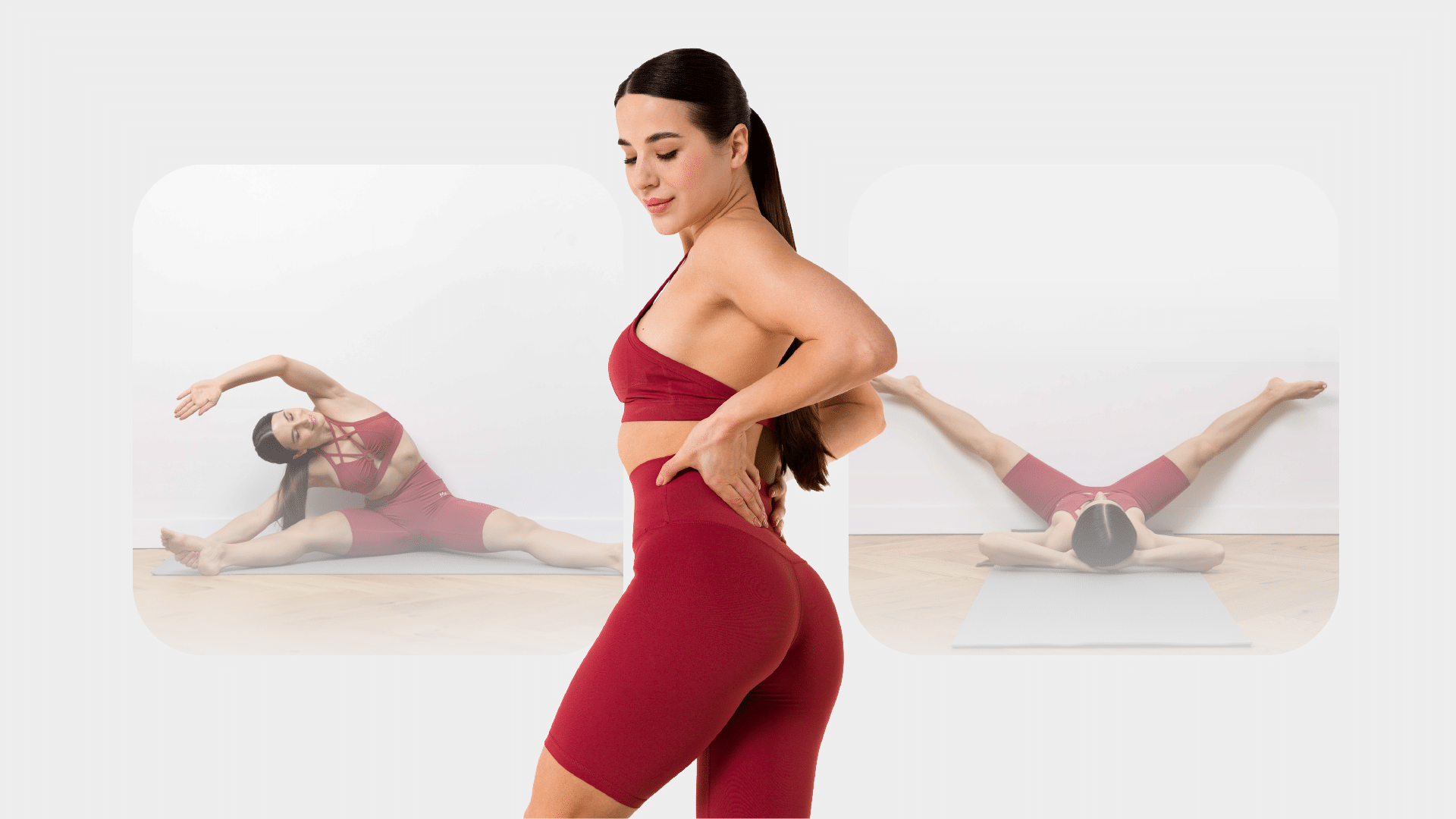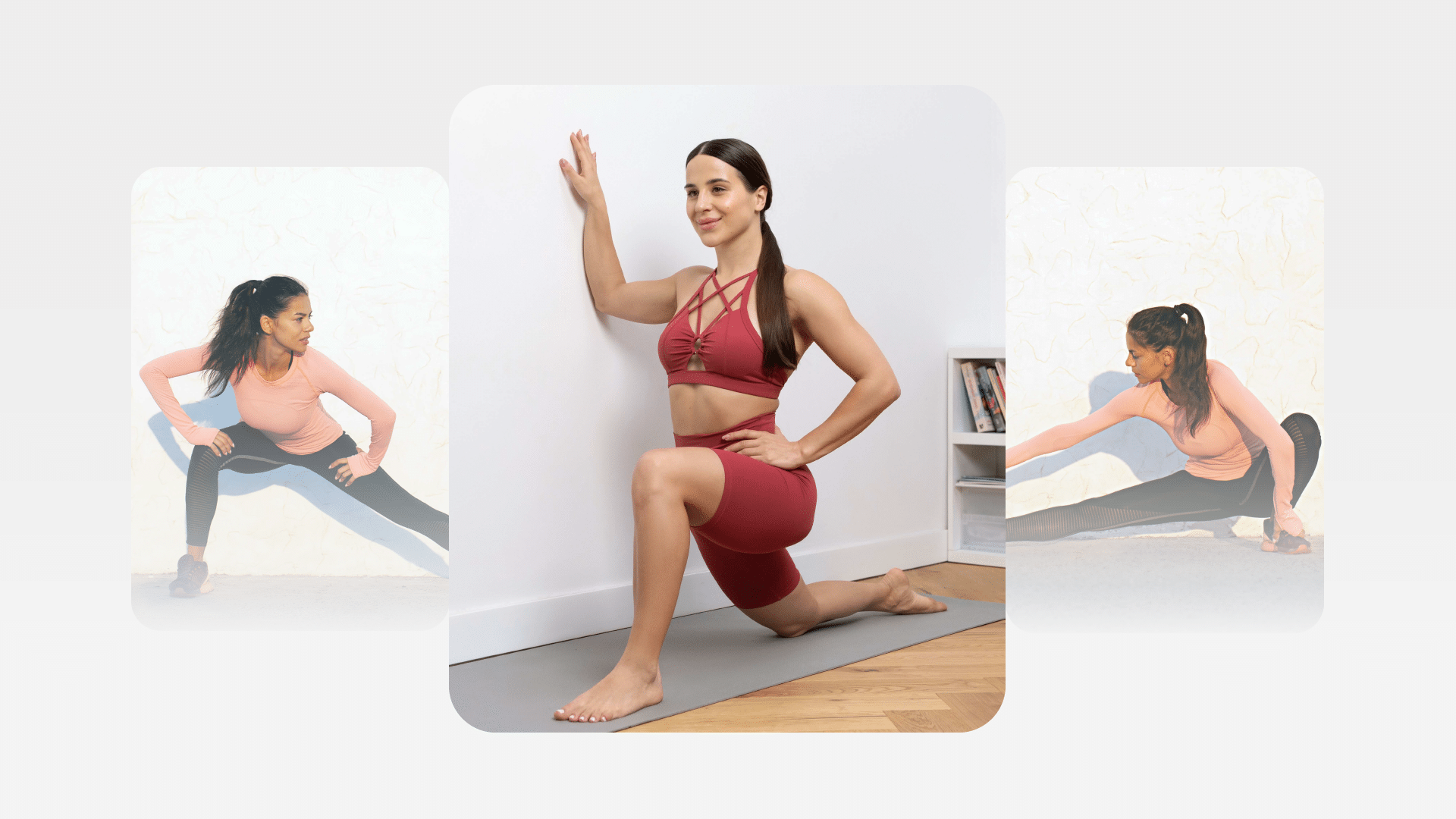If you’ve ever found yourself in a Pilates class, struggling to keep up with the latest plank variation or wobbling your way through a side leg lift, then you, my friend, are about to meet your new workout BFF: the Pilates Wall Unit. This ingenious piece of equipment is not just a pretty decoration for your fitness studio’s wall; it’s a game-changer for Pilates enthusiasts everywhere. Designed to help you achieve better form, increased strength, and improved flexibility, Pilates Wall Units are the secret weapon you didn’t know you needed in your fitness arsenal. With the support and resistance offered by these wall-mounted marvels, you’ll be able to focus on the quality of your movements, rather than just trying to survive the class. But before we get into the ways a Pilates Wall Unit can improve your workout, let’s dig a little deeper into what it is.
What Is A Pilates Wall Unit?
A Pilates wall unit, also known as a Pilates wall board, springboard, or tower, is a versatile and space-saving piece of equipment that combines the benefits of traditional Pilates apparatuses like the Reformer and Cadillac. It consists of a sturdy, wall-mounted frame with a variety of springs, straps, and bars attached to it.
This design allows users to perform a wide range of Pilates exercises while leveraging the resistance and support provided by the unit.The adjustable springs and attachments make it possible to customize the resistance level, allowing you to tailor your workout to your specific needs and goals.
This adaptability is one of the reasons why Pilates wall units are popular among individuals of all fitness levels – from beginners to advanced practitioners.
Not only does the wall unit offer a comprehensive full-body workout, but it also promotes improved posture, increased core strength, and enhanced flexibility (2). The unique combination of resistance and support encourages proper alignment and muscle activation, ensuring that you get the most out of each exercise.
What Muscles Does A Wall Pilates Board Work?
A Pilates Wall Board, or Wall Unit, provides a comprehensive full-body workout that targets various muscle groups. Here’s a list of some key muscles and muscle groups that the Wall Unit can effectively work, along with a brief explanation of how it does so (2):
1. Core Muscles
The Wall Unit helps to strengthen the deep abdominal muscles (transverse abdominis), the obliques, and the lower back muscles. Many exercises on the Wall Unit require core stabilization and engagement, promoting better posture and overall body balance.
2. Glutes
Exercises like leg presses, squats, and side leg lifts on the Wall Unit activate and strengthen the gluteal muscles (gluteus maximus, medius, and minimus), which are essential for hip stability and lower body strength.
Read More: Pilates Wall Workout Chart: A Quick Guide For Beginners
3. Quadriceps
The Wall Unit offers several exercises, such as lunges and leg extensions which engage the quadricep muscles at the front of the thighs. These muscles play a crucial role in knee extension and hip flexion.
4. Hamstrings
The back of your thighs also gets a good workout with the Wall Unit. Exercises like hamstring curls and leg presses help to strengthen these muscles, which are responsible for knee flexion and hip extension.
5. Upper Back And Shoulders
By incorporating exercises that involve pulling and pushing movements, the Wall Unit targets the upper back muscles (trapezius, rhomboids, and latissimus dorsi) and shoulder muscles (deltoids). These exercises improve posture and upper body strength.
6. Chest Muscles
The pectoral muscles can be targeted through exercises like chest presses and chest flies using the Wall Unit’s springs and straps, helping to develop upper body strength and stability.
7. Arm Muscles
Biceps and triceps can be worked through various pulling and pushing exercises, such as bicep curls, tricep extensions, and push-ups using the Wall Unit’s attachments.
8. Calf Muscles
The gastrocnemius and soleus muscles in your calves can be strengthened through exercises like calf raises and standing leg presses on the Wall Unit.
The versatility of the Pilates Wall Unit allows you to engage and strengthen multiple muscle groups throughout your body, leading to a more balanced and well-rounded fitness routine.
BetterMe app is a foolproof way to go from zero to a weight loss hero in a safe and sustainable way! What are you waiting for? Start transforming your body now!
Why Pilates Wall Board Is Good For You
A Pilates wall board workout offers unique benefits that make it stand out from other workout equipment and methods:
1. Versatility
One of the primary advantages of a Pilates Wall Unit is its versatility. The adjustable springs, straps, and bars allow you to perform a wide range of exercises, targeting various muscle groups throughout your body. This adaptability enables beginners and advanced practitioners alike to create customized and challenging workouts.
2. Space-Saving
Unlike larger Pilates apparatuses like the Reformer or Cadillac, the Wall Unit is wall-mounted and takes up minimal space in your home or studio. This makes it an ideal choice for those with limited space but who still want to enjoy the benefits of a comprehensive Pilates workout.
3. Full-Body Workout
The Pilates Wall Unit provides a well-rounded, full-body workout by targeting multiple muscle groups, including the core, glutes, quads, hamstrings, upper back, shoulders, chest, arms, and calves (2). This ensures a balanced approach to fitness and helps to prevent muscle imbalances.
4. Improved Posture And Alignment
The resistance and support offered by the Wall Unit encourages proper body alignment and muscle activation during exercises. This focus on form helps improve posture, reduce the risk of injury, and enhance overall body awareness (4).
5. Customizable Resistance
The adjustable springs on the Wall Unit allow you to modify the resistance level to suit your individual needs and goals. This feature enables you to progress at your own pace and challenge yourself as you become stronger and more proficient in your Pilates practice.
6. Increased Core Strength And Stability
Many exercises performed on the Wall Unit require core engagement and stabilization. By consistently working on these exercises, you’ll develop better core strength, which translates to improved balance, stability, and overall body control (4).
7. Enhanced Flexibility
The Wall Unit facilitates deep stretching and lengthening of muscles through various exercises, promoting increased flexibility and mobility throughout the body (3).
8. Low-Impact
Pilates Wall Unit exercises are low-impact and gentle on the joints, making them suitable for people of all ages and fitness levels, including those recovering from injuries or dealing with chronic pain (2) (4).
Read More: Pilates Wall Tower: Quick Facts You Should Know
What Are Some Pilates Wall Board Exercises You Can Do?
There are numerous Pilates wall board exercises that you can perform to target different muscle groups and improve various aspects of your fitness:
1. Leg Press
This exercise targets the glutes, quadriceps, hamstrings, and calves. It helps to strengthen the lower body, improves hip stability, and enhances balance.
2. Arm Series
The Arm Series includes exercises like chest presses, bicep curls, tricep extensions, and lateral raises. These exercises work on the upper body, targeting the chest, shoulders, and arms, which helps improve posture, upper body strength, and stability.
3. Roll Down With Push-Up
This exercise combines a roll down and push-up, engaging the core, back, and arm muscles. It promotes spinal mobility, upper body strength, and increases overall body awareness.
4. Side Leg Lifts
This exercise targets the gluteus medius and minimus, as well as the outer thigh muscles. It helps strengthen the hips, improve hip stability, and sculpt the lower body.
5. Squats
Squats on a Wall Unit engage the quadriceps, glutes, hamstrings, and core muscles. This exercise strengthens the lower body, improves balance, and promotes functional movement patterns.
6. Hamstring Curls
This exercise targets the hamstrings, glutes, and core muscles. It helps strengthen the posterior chain (back of the body), increase knee stability, and improve overall balance.
7. Standing Chest Expansion
This exercise focuses on the upper back, shoulders, and chest muscles. It helps improve posture, increase shoulder mobility, and enhance upper body strength.
8. Teaser
The Teaser is a challenging core exercise that targets the deep abdominal muscles, hip flexors, and lower back muscles. It helps develop core strength, control, and balance.
9. Knee Stretches
This exercise engages the core, hip flexors, and thigh muscles. It promotes hip mobility, strengthens the lower body, and increases core stabilization.
These Pilates Wall Board exercises are beneficial because they provide a well-rounded, full-body workout that targets various muscle groups, improves posture, enhances core strength, and increases flexibility.
By incorporating these exercises into your fitness routine, you can enjoy a more balanced and effective Pilates practice.
How Much Wall Board Pilates Should I Do A Week?
The recommended frequency of Pilates Wall Board sessions per week depends on your individual fitness level, goals, and the intensity of your workouts. However, a general guideline is to aim for 2-3 sessions per week to experience the benefits and allow for adequate recovery time between sessions.
For beginners, starting with one or two sessions per week is a good way to ease into the practice, learn the exercises, and allow your body to adapt to the new movements. As you become more comfortable and proficient, you can gradually increase the frequency to three or even four sessions per week, depending on your goals and overall fitness routine.
It’s essential to listen to your body and adjust the frequency of your Pilates Wall Board sessions accordingly. If you’re feeling overly fatigued or experiencing any discomfort, it may be a sign to take a rest day or reduce the intensity of your workouts.
Keep in mind that consistency is key when it comes to seeing results from any fitness program. Incorporating Pilates Wall Board sessions into your routine on a regular basis will help you build strength, improve flexibility, and enhance your overall well-being (3).
Additionally, consider complementing your Pilates practice with other forms of exercise, such as cardiovascular training and strength training, to maintain a well-rounded and balanced fitness regimen.
Intense sweat sessions, working weight loss tips, lip-smacking recipes come in one package with the BetterMe app. And all of it is at your fingertips, start transforming your life now!
Are There Any Safety Considerations For Wall Unit Piates?
Yes, there are safety considerations to keep in mind when using a Pilates Wall Unit to ensure an effective and injury-free workout. Here are some important safety tips:
1. Proper Setup
Before starting your workout, make sure the Wall Unit is securely attached to the wall and all springs, straps, and bars are properly connected. Check for any signs of wear or damage on the equipment and replace any worn-out parts as needed.
2. Warm-Up
Begin your session with a gentle warm-up to prepare your body for the exercises ahead. This could include light stretching, mobility exercises, or a few minutes of low-intensity cardio to increase blood flow and loosen up the muscles (5).
3. Correct Form And Alignment
Focus on maintaining proper body alignment and form throughout each exercise. Move slowly and with control, engaging the appropriate muscles and avoiding excessive strain on your joints. If you’re unsure about your form, consider seeking guidance from a certified Pilates instructor.
4. Adjust Resistance Appropriately
Start with a lower resistance setting and gradually increase it as you become more comfortable with the exercises. Using too much resistance too soon can lead to muscle strain or injury.
5. Listen To Your Body
Pay attention to your body’s signals and avoid pushing yourself beyond your limits. If you experience pain or discomfort during an exercise, stop immediately and consult with a professional to determine the cause.
6. Progress Gradually
As with any fitness program, it’s essential to progress at a pace that’s suitable for your individual abilities and goals. Avoid rushing into advanced exercises before mastering the basics, and give your body time to adapt and grow stronger.
7. Cool Down And Stretch
After your Pilates Wall Unit session, take a few minutes to cool down and stretch the muscles you’ve worked. This can help prevent soreness, improve flexibility, and promote recovery.
8. Rest And Recovery
Allow for adequate rest and recovery between your Pilates Wall Unit sessions to give your muscles time to repair and grow. Overtraining can lead to fatigue, injury, and diminished results (1).
By keeping these safety considerations in mind, you can enjoy the benefits of Pilates Wall Unit workouts while minimizing the risk of injury and ensuring a safe and effective exercise experience.
The Bottom Line
Incorporating a Pilates Wall Unit into your fitness routine can provide numerous benefits, including improved posture, increased core strength, enhanced flexibility, and overall body conditioning. The Wall Unit offers versatility, space-saving design, and customizable resistance, making it suitable for users of all fitness levels.
By practicing Pilates Wall Unit exercises regularly (2-3 times per week), you can achieve a well-rounded, full-body workout that targets various muscle groups, supports proper alignment, and promotes functional movement patterns.
It’s essential to follow safety precautions, maintain correct form, and progress at a pace that aligns with your individual abilities and goals.By staying consistent and committed to your practice, you’ll enjoy the many benefits this versatile piece of equipment has to offer.
DISCLAIMER:
This article is intended for general informational purposes only and does not address individual circumstances. It is not a substitute for professional advice or help and should not be relied on to make decisions of any kind. Any action you take upon the information presented in this article is strictly at your own risk and responsibility!
SOURCES:
- Diagnosis and prevention of overtraining syndrome: an opinion on education strategies (2016, nih.gov)
- Pilates: how does it work and who needs it? (2011, nih.gov)
- Pilates – health benefits (2022, betterhealth.vic.gov.au)
- Pilates 101: What It Is and Health Benefits (2023, clevelandclinic.org)
- Why Warming Up and Cooling Down is Important (n.d., tricitymed.org)



